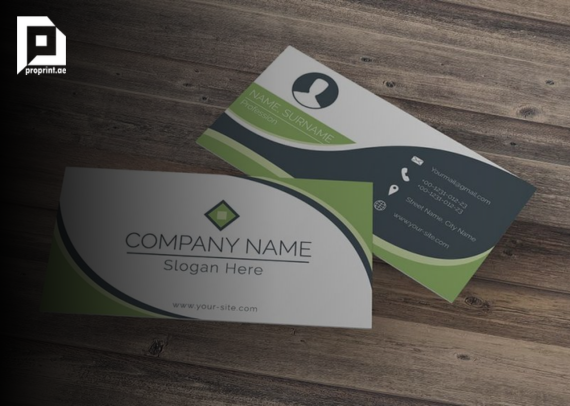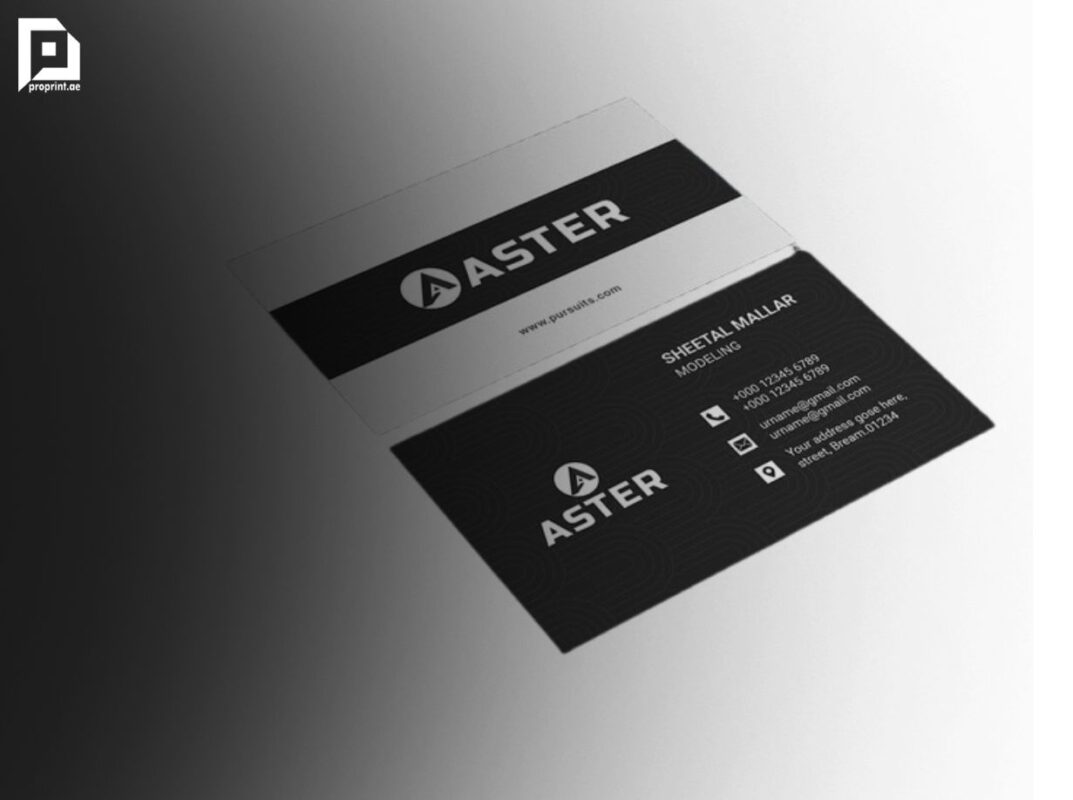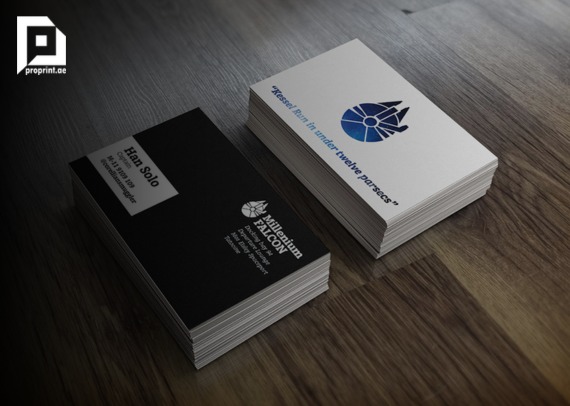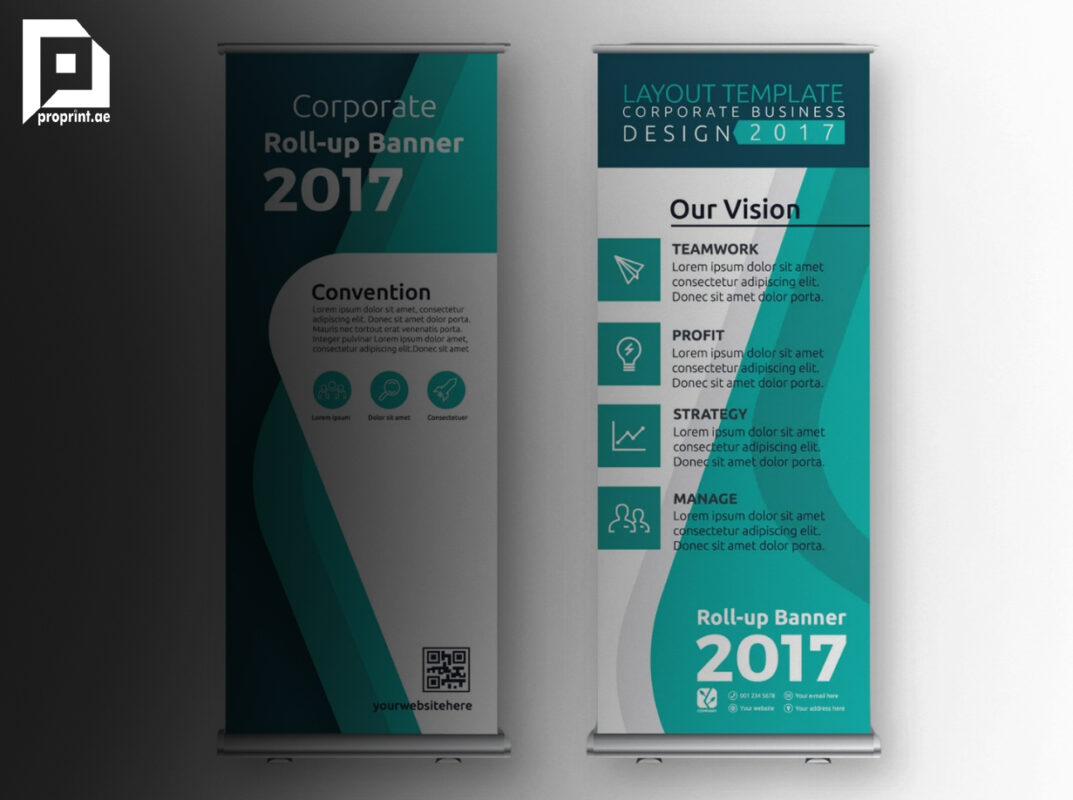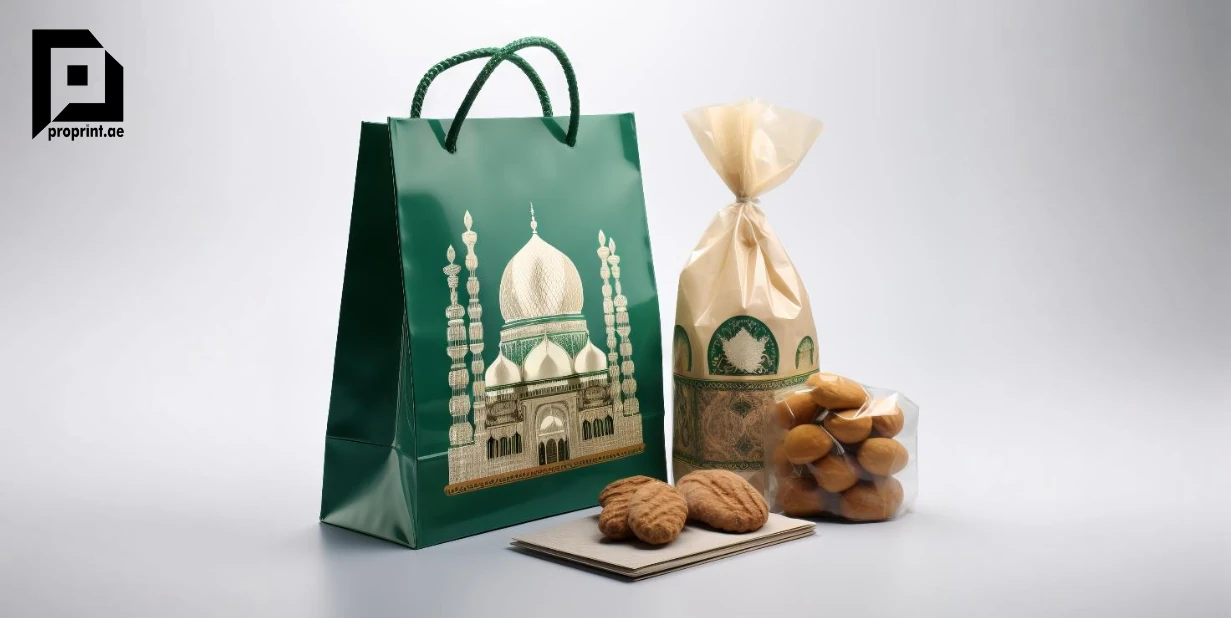How to Design Flags and Banners That Perform Well in Windy Conditions
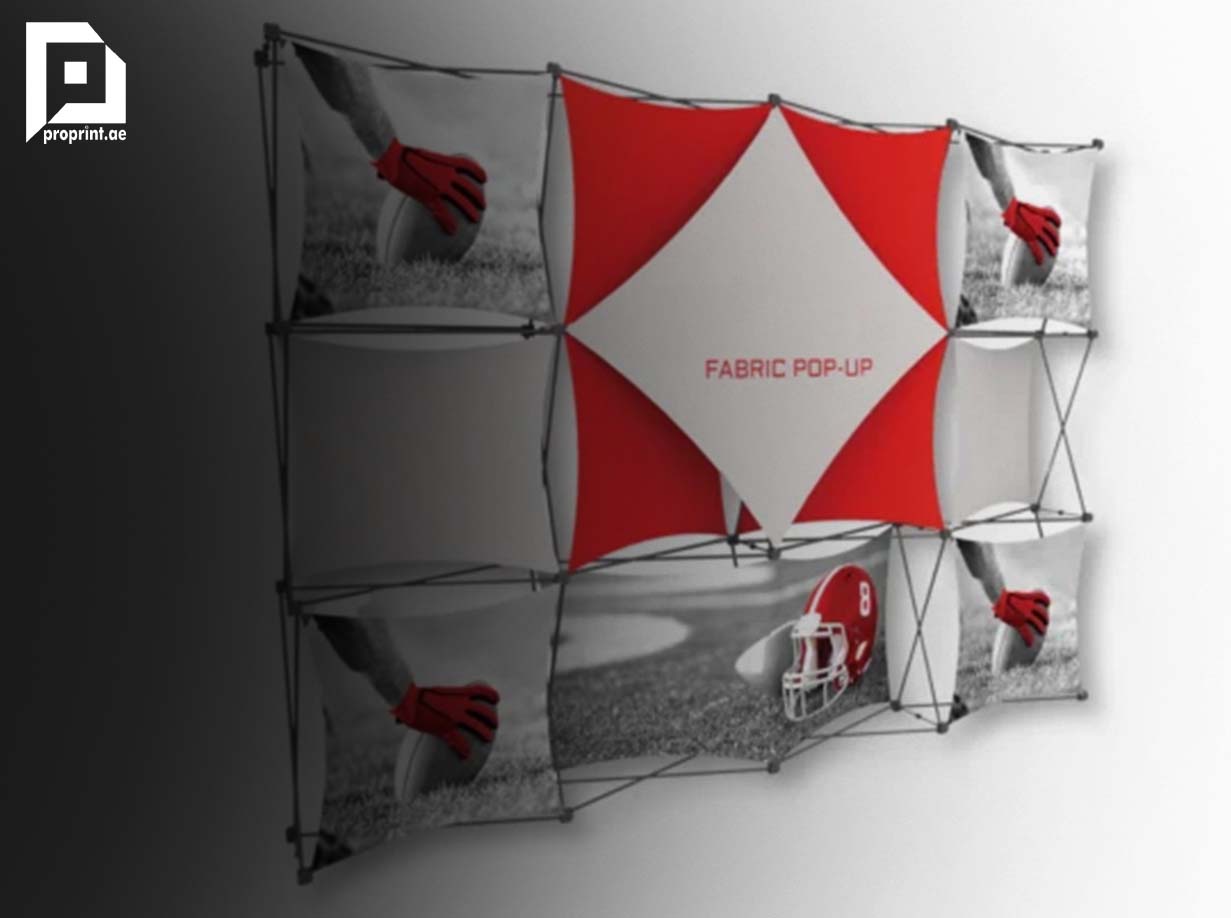
Outdoor advertising comes with a unique set of challenges, and wind is one of the biggest. If your flag or banner isn’t designed to handle gusts, it can quickly become damaged, unreadable, or even dangerous. But with the right design choices, you can create eye-catching signage that stays visible and functional in all kinds of weather.
Why Wind Performance Matters
Flags and banners are meant to catch attention, but when placed outdoors, they face constant movement, wear, and stress from wind. Poorly designed banners may flap uncontrollably, twist around poles, or tear after a few uses, costing you time and money to replace them.
Well-designed wind-resistant signage, on the other hand, maintains its shape, stays readable, and lasts longer, delivering a better return on your investment.
1. Choose the Right Material
Material is the most important factor when it comes to wind performance. Not all fabrics or banner vinyls are made for outdoor use.
Best Materials for Windy Conditions:
- Mesh Vinyl: This is a perforated material that allows wind to pass through it. It reduces resistance while still maintaining visibility.
- Polyester Fabric: Used in high-quality flags, polyester is strong, lightweight, and able to withstand wind with proper reinforcement.
- Knitted Fabric: A tightly woven option that resists tearing but still allows for some airflow.
At ProPrint.ae, we recommend mesh or reinforced polyester for areas known to have frequent wind exposure, such as beachside venues, rooftop events, and open markets.
2. Use Reinforced Edges and Stitching
Standard banners can fray or tear when exposed to repeated flapping. Reinforced finishing adds durability.
What to include:
- Double-stitched hems: Prevent edges from coming apart under stress.
- Reinforced corners: Strengthen the weakest points.
- Webbing in hems: Adds extra structure and reduces tearing.
- Wind slits (optional): Semi-circular cuts that allow wind to pass through. Ideal for vinyl banners, but may reduce design area.
When ordering from ProPrint.ae, You can request these reinforcements to increase the life of your signage in windy conditions.
3. Consider Shape and Size Carefully
Large, flat surfaces are more likely to catch wind and flap or sag. When designing for the outdoors, it’s better to minimize resistance and maximize support.
Design Tips:
- Go vertical: Tall and narrow banners (like feather or teardrop flags) perform better in the wind than wide horizontal ones.
- Avoid oversized signs: Unless fully supported, large banners are more prone to sagging or tearing.
- Feather flags and teardrop flags: Their curved shapes and tension-pole systems hold fabric tight, so they remain readable even when the wind is low.
These flag styles are not only wind-friendly, they’re also very mobile and ideal for everyday business signage.
4. Use the Right Mounting Hardware
Even the best materials and design won’t matter if the banner isn’t installed correctly. In windy areas, your hardware must be just as durable.
Recommended mounting options:
- Ground spikes: Ideal for flags in grassy or soft ground.
- Cross bases with water bags: Provide stability for feather flags in hard-surface locations.
- Heavy-duty poles: Flexible fiberglass poles bend without breaking, unlike rigid plastic or wood.
- Bungee cords or tension bands: Allow banners to move slightly without tearing.
Proper tension is key you want your banner tight enough to reduce flapping, but not so tight that it can’t absorb some movement.
5. Design for High Visibility
Windy conditions mean your banner or flag will be in motion. This movement affects how people read your message. Simple, bold designs are easier to read and more effective than complex visuals.
Design Guidelines:
- Use large fonts: Prioritise legibility from a distance.
- Keep text minimal: Focus on your brand name, a short slogan, or one key offer.
- High contrast colours: Use colour combinations that are easy to read even if the flag is fluttering.
- Vertical layout for flags: Feather and teardrop flags are often viewed top-to-bottom. Design accordingly.
- Avoid fine details: Intricate artwork or small text will be lost in motion.
Wind adds motion your design should embrace that, not fight it.
6. Test and Rotate Banners Regularly
Even the most durable flag will wear out eventually. If you’re using outdoor signage long-term:
- Inspect weekly for signs of fraying or fading.
- Rotate locations if possible to distribute exposure.
- Replace weather-worn hardware before it becomes a safety hazard.
7. Work with a Professional Printer
Finally, the best way to ensure your banners and flags perform in windy conditions is to work with a trusted printing partner.
At ProPrint.ae, we:
- Use premium, wind-resistant materials
- Offer weatherproof finishes and reinforcements
- Custom-fit designs for feather flags, mesh banners, and more
- Provide mounting hardware tailored to your location
- Deliver on time across the UAE
Whether you’re planning a one-time event or long-term outdoor promotion, we’re here to make sure your signage lasts.
Conclusion
Designing for wind isn’t just about durability, it’s about making sure your message is always seen, clear, and professional. From selecting mesh vinyl to choosing the right flag shape and support system, every design decision makes a difference.
With the right materials, reinforcements, and layout, your outdoor flags and banners can thrive even in the harshest UAE winds.

